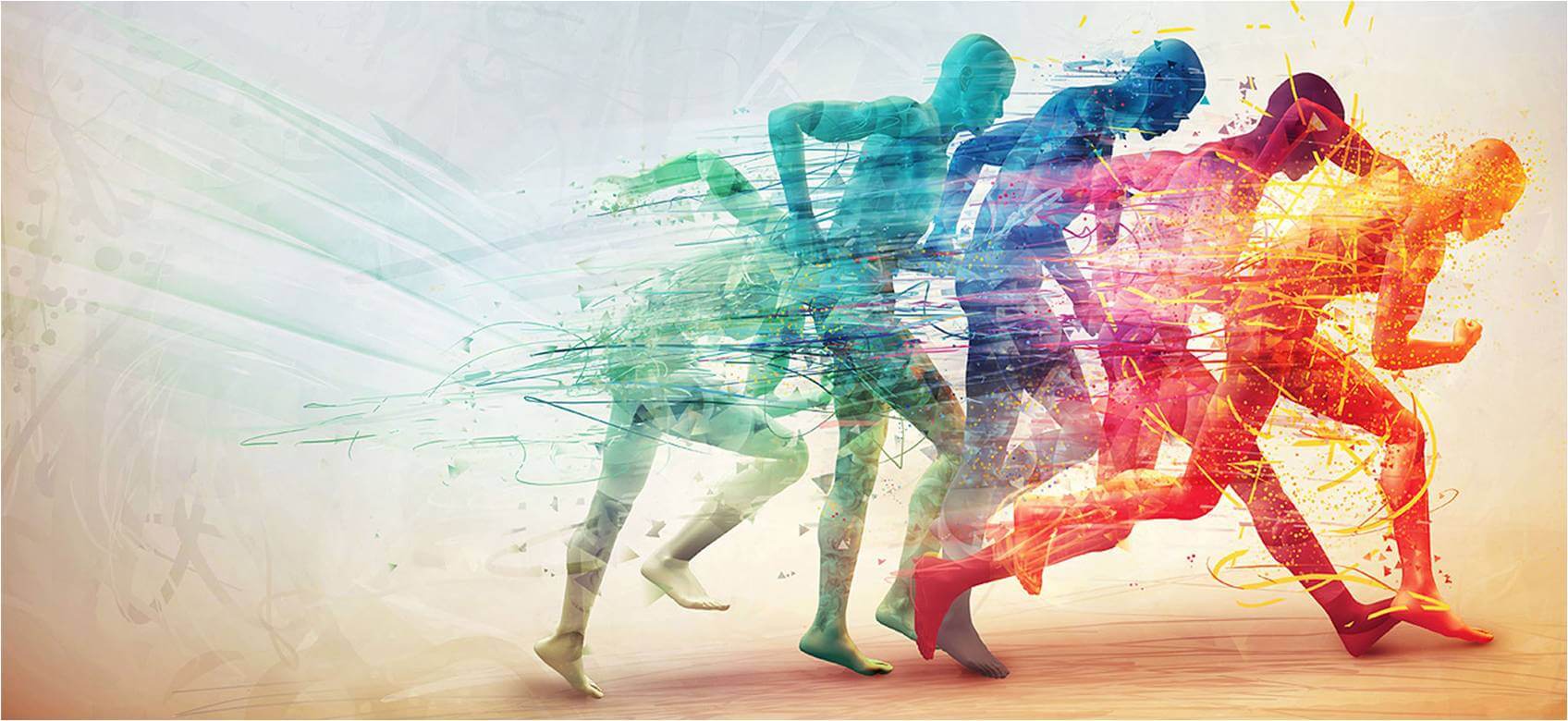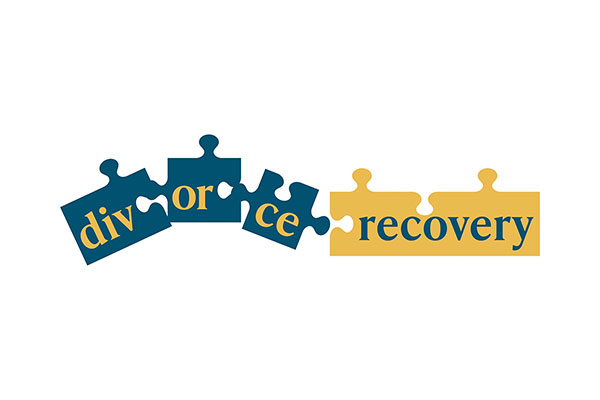Learning to Look Through the Turn: Life Lessons from a Kawasaki Ninja ZX6R
I bought a salvage-title Kawasaki Ninja ZX6R motorcycle when I was 19 years old. Risky? Sure. Learned some life lessons in the process? Absolutely. I didn’t have a motorcycle license yet, but I was eager to learn — though I don’t recommend doing it that way. I took the bike to a church parking lot next to my house, and with every part of that thing rattling, I eventually learned how to shift up and down through the gears and make it go. It was exhilarating.
After completing my motorcycle course, I felt ready for the road. I jetted out onto the streets near my home and experienced a sense of freedom only motorcycle riders understand. It was all gravy until I had to make a big, hooking left turn at an intersection for the first time. The light turned green, and it felt like the center divider was staring me down. In fear of making a fool of myself, I leaned into the corner, focusing solely on that obstacle — the center divider — and sure enough: BLAM. My front tire hit it, and I toppled off the bike. With just a few scratches and a bruised ego, I picked up my sweet Ninja as fast as I could — with what felt like superhuman strength — and rode over to the shoulder to inspect the damage. I was okay, the bike was okay, but I had some learning to do.
One lesson from the motorcycle safety course sticks with me: When making a turn, don’t focus on obstacles in the road — look through the turn to where you want the bike to go, and it will go there. Like life, if we focus too much on obstacles, issues, and problems, our lives become consumed by them rather than by the real vision of what we want to create. Ask yourself right now — are you focused on the “center dividers” in your life? Or are your eyes set on looking through the turn to where you want to go?
The Power of Vision in Sports Psychology and Life
No group of people has mastered this principle more than professional athletes. In sports, it’s all about vision — creating a mental picture that you can feel in your bones. Success is directly linked to your ability to create a vivid, tangible vision of what winning looks like moment-to-moment throughout a game. You indulge in fantasies of success, and your hard-wired muscle memories from rigorous practice take over and get the job done. I’m not saying that having a vision alone guarantees success — but you won’t even have a chance without it.
Equally dangerous is not focusing on anything — not having challenges or even “center dividers” to navigate. Challenges keep us grounded and give our lives meaning. Success is about outworking others while staying anchored in a morally grounded bigger vision. This is the winning combo. Without it, how do you know where you’re going, what you want, or who you will become? If you haven’t started answering these questions, you’re hardly in control of your life.
If you feel anxious because you’re visionless, here’s some wisdom I’ve gathered from over 10 years as a psychologist: each of us is uniquely motivated by our life experiences. We have to learn our story and find what moves us. When we deal with our issues — the traumaTrauma refers to the emotional and psychological response to a deeply distressing or disturbing even…, anxiety, depression, and muck of life’s injuries — a natural clarity begins to form, and a vision emerges. It’s not about forcing a vision into existence; you don’t “find” your purpose. It’s about scraping away the gunk so you can finally see from the lens of your authentic self. When we do this, we can use the hardships of our lives as gas in the tank, not weights tying us down.
Imagery: Engaging Your Senses for Success
Imagery means engaging all your senses to create or recreate an experience in your mind. Some call it “focused daydreaming.” It’s thinking about what it will feel like, in every way, to give a banger of a presentation or to nail that game-winning shot. You play out the experience in your imagination — the intense yet relaxed quality of mind, the sounds, the energy in your gut, the reactions of teammates or audience. Imagery is the skill of running the entire success tape in your mind’s eye and evoking the feelings that come with it.
Choosing the Right Type of Imagery
Imagery falls into two broad categories: internal and external. People tend to find it easier to imagine from either a first-person perspective (internal — seeing through your own eyes) or a third-person perspective (external — watching yourself from the outside). External imagery is used less often and tends to be less effective. I recommend starting with internal imagery.
There are also three key components to imagery you should consider: Visual, Auditory, and Physical. Which do you lean on most?
-
Physical: You rely primarily on muscle memory. You “feel” when you’re in sync. You learn best by doing — explanations alone don’t stick.
-
Auditory: You remember exact wording, voices, or sounds. Music or verbal cues get you “in the zone.”
-
Visual: You learn best by reading or seeing. You remember faces, colors, and landmarks vividly.
The Importance of Skill and Practice
Imagery alone won’t get you to your goal. Like my Kawasaki Ninja, no matter how well I could visualize “looking through the turn,” I still needed the actual skill to corner on a bike. Well-practiced skill plus visualization together is foolproof. Without solid skills, visualization won’t do much, but if you have the skills, imagery can boost you from 80% to 100%.
How to Practice Imagery Effectively
When you practice imagery, you train your subconscious. You replace anxiety and doubt with images of success, courage, and dominance. The subconscious has a bigger impact on performance than the conscious mindThe Conscious Mind refers to the part of the mind that holds thoughts, feelings, and perceptions tha…. You can’t be scared and brave at the same time — evoking the right feeling helps suppress fear.
Practice 3-4 times a week for two weeks, running through your imagery script from start to finish. I recommend doing 5-10 minutes of mindfulnessMindfulness in CBT involves focusing on the present moment without judgment. It helps individuals be… or meditation beforehand to quiet your mind and deepen the effect. Practice once more on the day of your big event — but not right before, as that can increase anxiety. Over time, entering this successful mindset will become natural and reflexive.
Example Imagery Script: Baseball Player
Take a few deep breaths and relax. Feel the excitement rising in your chest — this is why you practice so hard. Recall a time when you played your best: at the plate, focused on the ball, counting the laces, feeling the sweet contact of the bat, confidence radiating through your body. The world is quiet despite the roaring crowd. You’re completely in the zone.
Remember teammates cheering, coaches jumping up and down, how fluid and strong your body felt. Feel the euphoria and effortless flow of that moment.
Now imagine your upcoming game — home field, the temperature, the faces around you, the sounds of fans and teammates. Feel your muscles warm, light on your feet, strong and ready. Nothing can stop you.
Step into the batter’s box calm but intense. You know you’ll hit anything the pitcher throws. You feel relaxed and confident. Repeat a cue word like “crush it” or “rocket.” See yourself making powerful contact, the ball soaring to center field. Feel the confidence as you run the bases, ready to do it again next at-bat. This is just the beginning.
A Final Note: Make It Real and Practice
This works — if you practice. Don’t dismiss it as corny. Write your own vivid, authentic script for your unique challenge. The more detail and feeling you bring to it, the more effective it will be.
At Keil Psych Group, we help athletes and non-athletes alike harness imagery to conquer goals. We support people in clearing the gunk so they can see their vision clearly, get out of ruts, and perfect their approach. If you’re facing a tough challenge — in sports or life — reach out to us. Wherever you are, we’ll meet you there.
Call or text anytime at 714-334-5497.




